
Global Partnerships for Economic Relief 2024: Collaborative Solutions for a Better Future-As the world emerges from the economic disruptions caused by the COVID-19 pandemic, the need for collaborative solutions has never been more evident. The global community is realizing that the challenges of economic recovery are too vast for any single country or organization to tackle alone. In 2024, Economic Relief 2024 programs are not just about national efforts; they are about fostering global partnerships to provide aid, boost economic recovery, and create a more sustainable future for all. In this article, we’ll explore how international collaborations are shaping the relief measures of 2024 and how these partnerships are driving impactful solutions.
The Importance of Global Partnerships in Economic Relief 2024

Economic Relief 2024 is about more than just financial assistance; it’s about creating an ecosystem where countries, organizations, and private sectors work together to address global challenges. The interconnected nature of today’s economy means that no single nation or institution can effectively manage the far-reaching consequences of a global crisis, such as the economic fallout from the pandemic, supply chain disruptions, and rising inequality.
In 2024, governments are focusing on forming international coalitions that combine resources, expertise, and technology to make relief efforts more effective. These partnerships ensure that aid is distributed equitably, and that resources are allocated in a way that maximizes positive impact. By working together, countries can pool their strengths, mitigate risks, and create sustainable long-term solutions.
Key Global Partnerships Driving Economic Relief 2024
Several high-profile collaborations are taking place in 2024, each focused on delivering economic relief and creating pathways for future growth. Let’s examine a few of the key partnerships making a difference.
United Nations and International Organizations
The United Nations (UN) plays a pivotal role in coordinating global efforts to address economic disparities and ensure equitable relief distribution. Through various UN agencies such as the United Nations Development Programme (UNDP) and the World Food Programme (WFP), the UN has been instrumental in providing aid to the most vulnerable countries and populations. These agencies, in partnership with donor countries, have helped deliver financial assistance, food aid, healthcare, and educational support to people in need.
In 2024, the UN has focused on aligning Economic Relief 2024 with the Sustainable Development Goals (SDGs). By channeling relief funds into projects that also promote long-term sustainability, such as renewable energy initiatives, education, and healthcare infrastructure, these partnerships are building the foundations for a more resilient future. (Read More: The Shift to Beyond Finance: Trends Redefining Wealth Management in 2024 )
G20 Collaboration: Strengthening the Global Economy
The Group of 20 (G20), a coalition of the world’s largest economies, has become a key player in global economic relief efforts. As part of Economic Relief 2024, the G20 is working together to implement policies that stimulate recovery, reduce poverty, and support equitable growth. Through coordinated fiscal policies, debt relief initiatives, and investments in infrastructure, the G20 is setting the stage for a more inclusive global economy.
In particular, the G20 has committed to supporting developing countries by providing access to low-interest loans, facilitating trade agreements, and supporting healthcare programs. By ensuring that relief efforts extend beyond wealthy nations, the G20 is helping to bridge the gap between the Global North and South, fostering a more interconnected and fair global economic system.
Public-Private Partnerships (PPPs): Innovation in Relief Distribution
Public-Private Partnerships (PPPs) have become a powerful tool in delivering Economic Relief 2024 funds, especially when it comes to innovation and efficiency. Private companies, particularly in the technology, finance, and healthcare sectors, are working alongside governments and NGOs to bring relief to communities in need.
For instance, tech giants like Google, Microsoft, and Facebook are partnering with governments to use their platforms for distributing relief funds, providing online education, and raising awareness about available aid. Financial institutions, such as the World Bank and regional development banks, are collaborating with fintech companies to offer digital payment solutions for direct transfers to low-income individuals, making it easier for people to access aid quickly and securely.
These partnerships are critical in addressing the logistical challenges of delivering aid to remote or underserved populations. By leveraging private sector expertise, governments can improve the speed and scalability of their relief programs. (Read More: Finance Bro Outfit Hacks: Balancing Style and Professionalism)
How Collaborative Solutions Are Shaping Economic Relief 2024

Collective Action on Debt Relief
One of the major challenges facing many low-income countries in 2024 is the burden of debt. Economic relief in these regions requires not only immediate financial assistance but also long-term solutions to ensure sustainable economic growth. In response, global partnerships have been formed to address the issue of debt sustainability, particularly in developing countries.
The G20, along with international financial institutions like the IMF and World Bank, is pushing for debt restructuring and relief programs for countries that are at risk of default. These initiatives aim to provide struggling nations with the breathing room they need to focus on recovery rather than servicing crippling debts. This collective action not only helps to stabilize individual economies but also strengthens the global financial system as a whole.
Advancing Healthcare and Vaccine Access
The COVID-19 pandemic highlighted the disparities in healthcare systems across the globe. In 2024, global partnerships are focusing on ensuring that Economic Relief 2024 includes robust healthcare support, particularly in the form of vaccines and treatments for emerging diseases.
Organizations like GAVI, the Vaccine Alliance, and the World Health Organization (WHO) have partnered with governments and the private sector to distribute COVID-19 vaccines to low- and middle-income countries. These collaborations also focus on building healthcare infrastructure, providing medical supplies, and supporting public health education efforts.
By pooling resources, expertise, and technology, these partnerships are improving access to healthcare and ensuring that economic recovery is supported by strong, resilient health systems. (Read More: Forex Trading in 2024: Predicting the Next Move for the US Dollar)
Addressing Climate Change Through Economic Relief
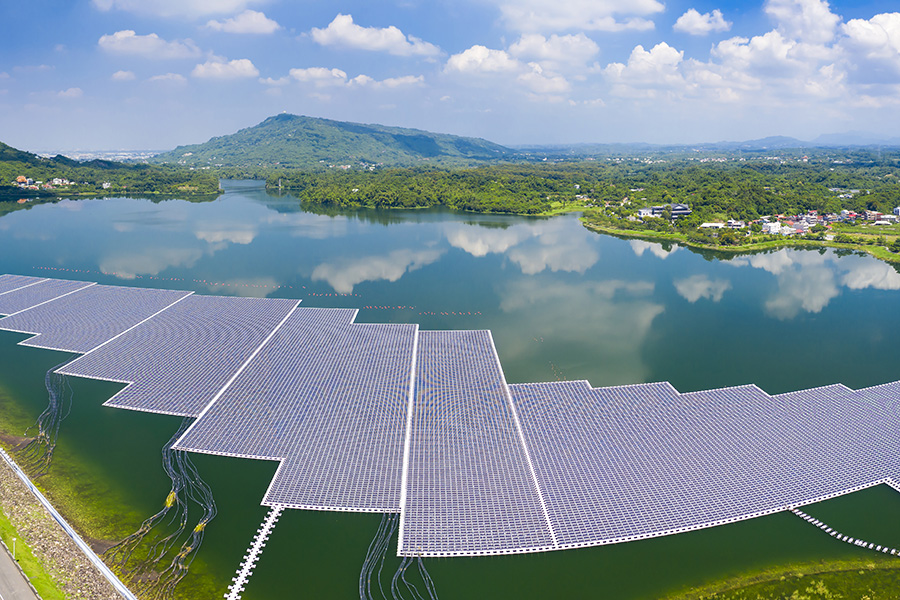
Economic Relief 2024 is not only about recovering from the pandemic but also about addressing other global challenges, such as climate change. Many countries are now recognizing the importance of integrating climate action into their relief programs. By focusing on green technologies, renewable energy, and climate-resilient infrastructure, global partnerships are helping economies recover in a sustainable way.
The United Nations Framework Convention on Climate Change (UNFCCC), along with financial institutions and governments, has prioritized climate funding in the relief efforts for 2024. Through the Green Climate Fund (GCF), countries are investing in renewable energy projects, sustainable agriculture, and disaster resilience, helping to reduce the long-term impact of climate change while fostering job creation and economic growth.
Conclusion article Global Partnerships for Economic Relief 2024: Collaborative Solutions for a Better Future
As the world moves into 2024, the importance of global partnerships in Economic Relief 2024 cannot be overstated. Collaborative efforts are crucial in overcoming the challenges posed by the pandemic, climate change, and economic inequality. By working together, countries, organizations, and the private sector can create innovative solutions that not only address immediate needs but also build a foundation for a more resilient and sustainable future. (Read More: Sustainable Business: Environmental and Social Pulse on 2024)
The road ahead will require continued cooperation, transparency, and a shared commitment to ensuring that no one is left behind. Through these partnerships, we have the opportunity to shape a future where economic recovery is inclusive, equitable, and sustainable for all.

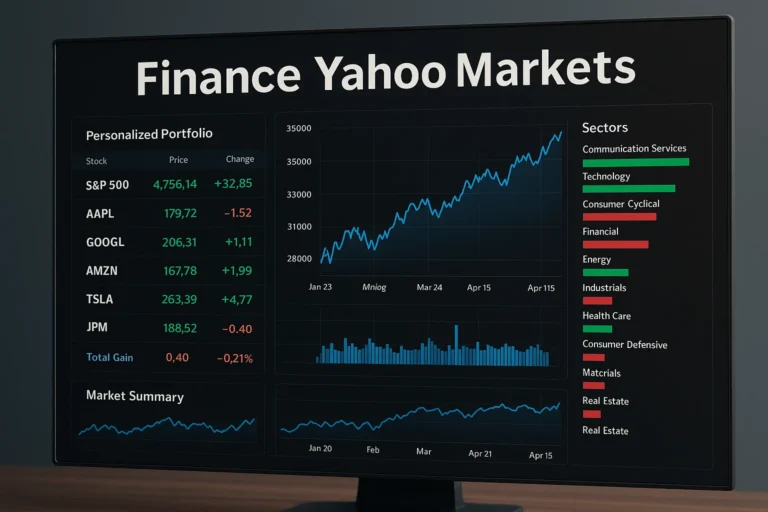
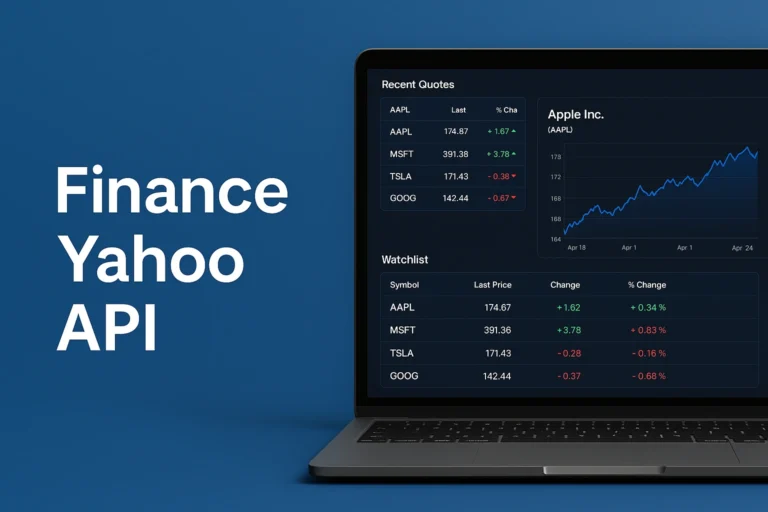
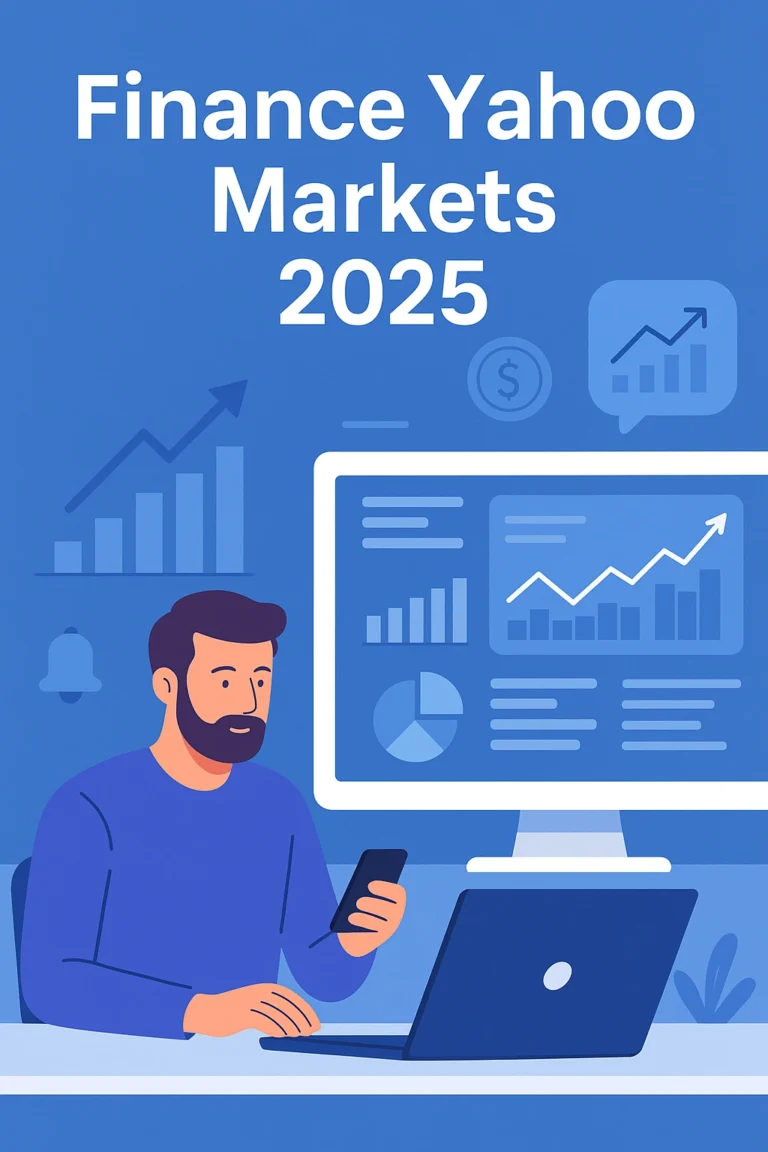
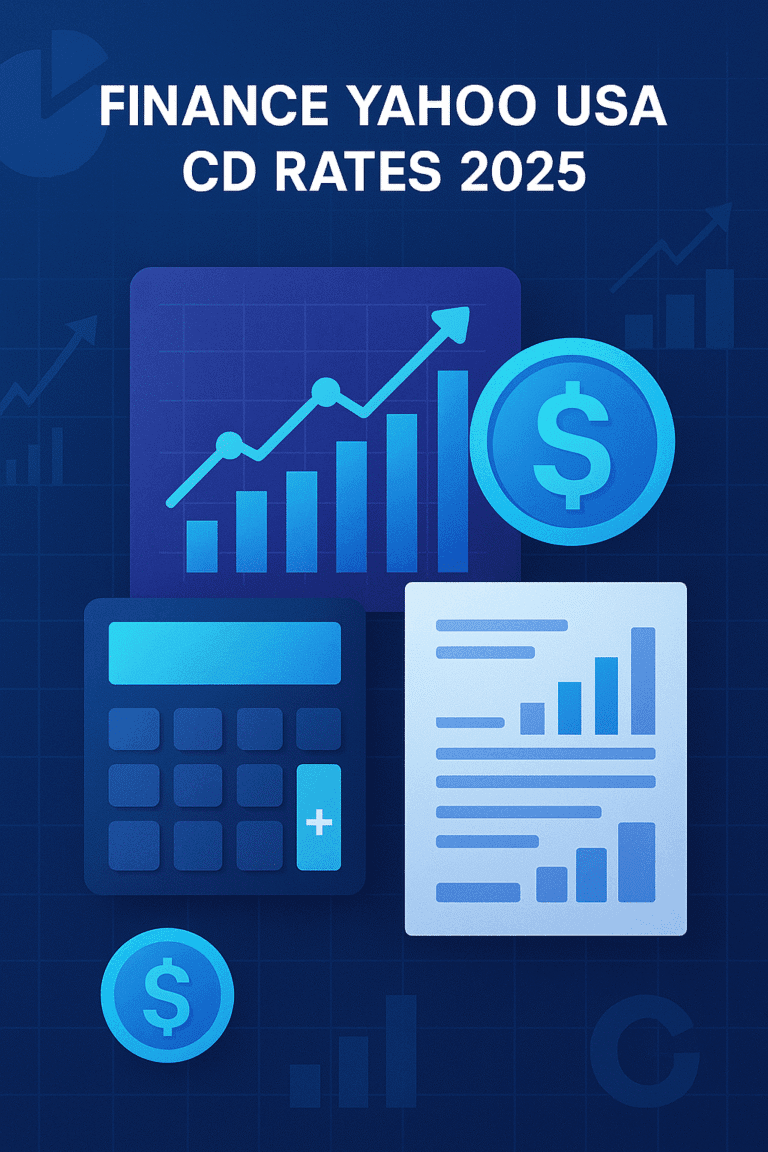
3 thoughts on “Global Partnerships for Economic Relief 2024: Collaborative Solutions for a Better Future”